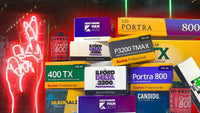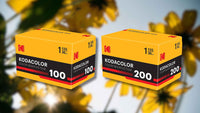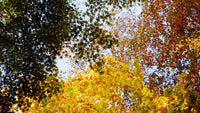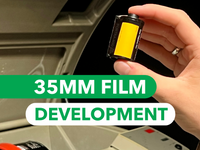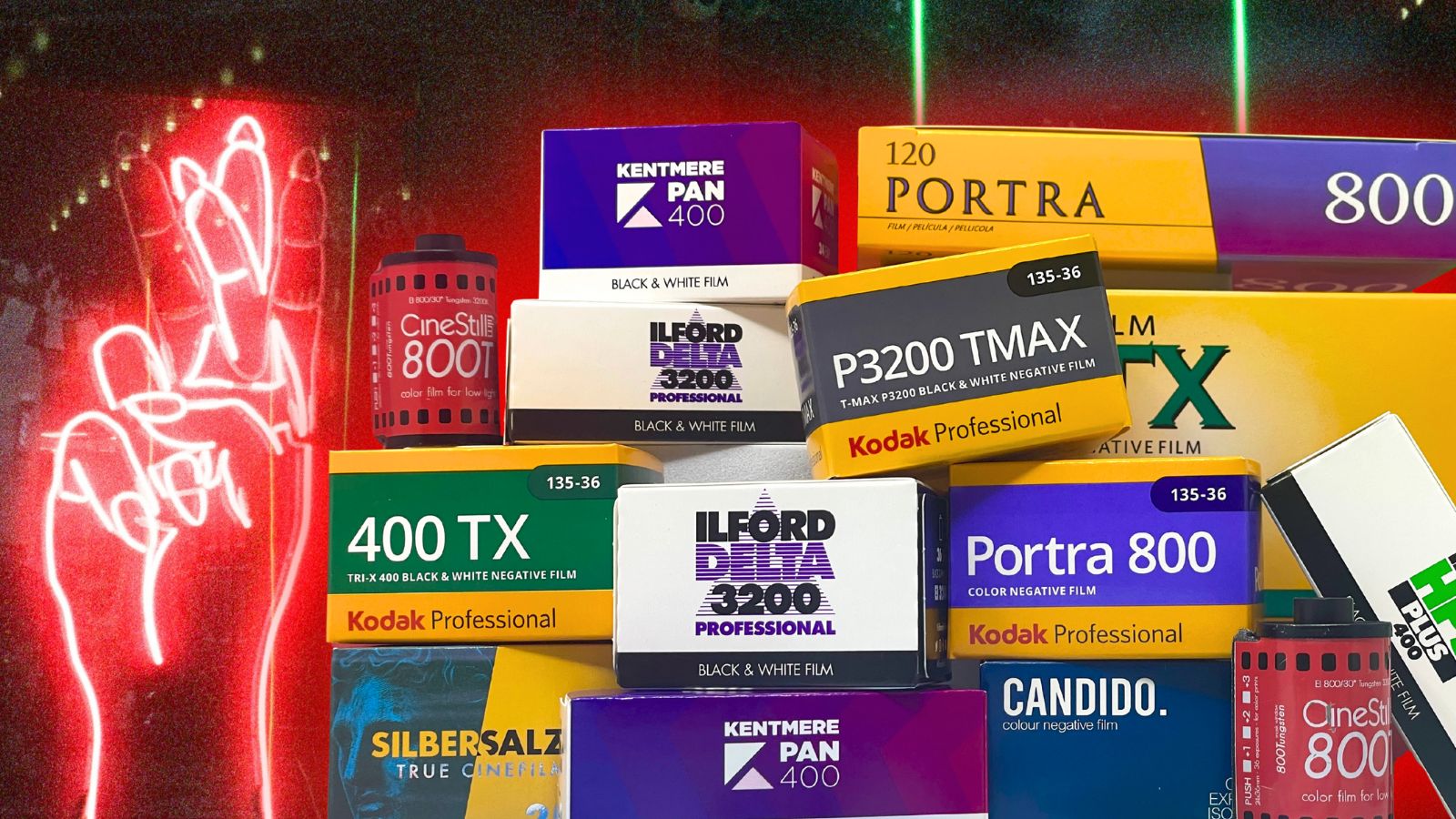Shorter days and darker nights doesn't mean fewer photo opportunities! We asked the Analogue Wonderland Instagram community to share their favourite films for shooting after dark - from tungsten-balanced colour to gritty black and white classics. Here are your top five picks for low-light photography.
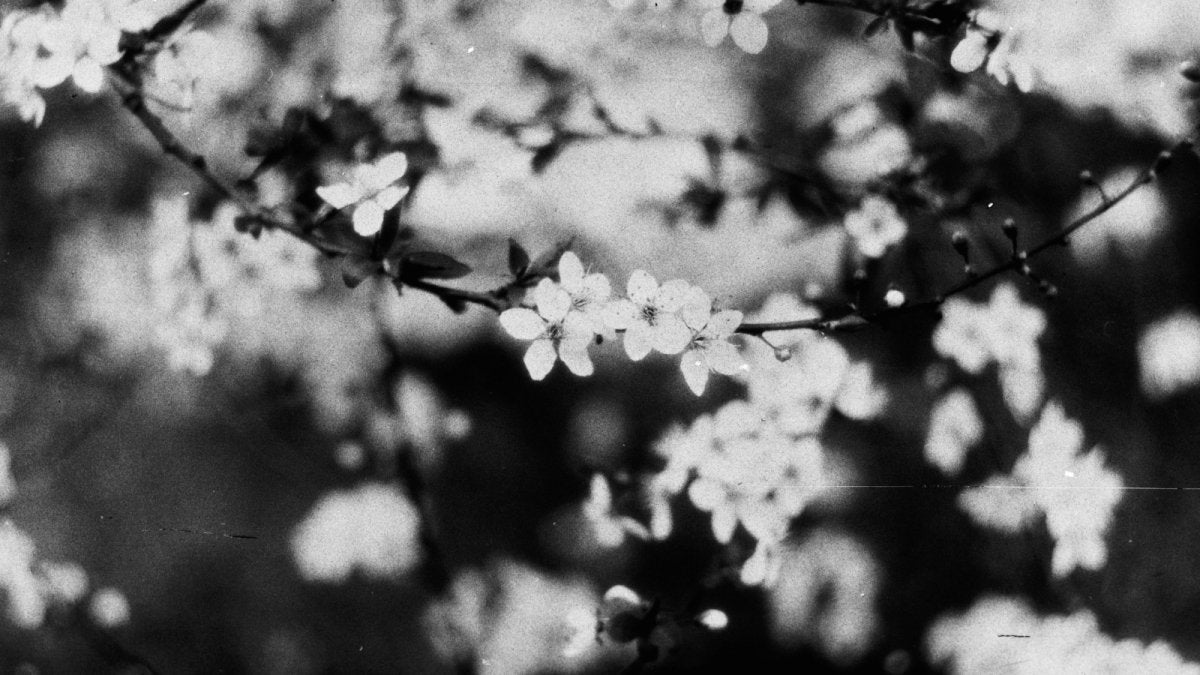
Bones Film: Experimental X-Ray Fun
By Emma Lloyd
Film photography has been a medium of artistic expression for over a century, capturing images with a unique look and texture that digital photography cannot replicate. In recent years, experimental emulsions have become increasingly popular among film enthusiasts, providing photographers with a range of creative options beyond traditional black and white or colour film. While shooting with experimental emulsions can be challenging, it can also be a rewarding and fulfilling experience for photographers looking to push the boundaries of their art.
In this blog post, we'll take a closer look at the photographic film offered by Mercadoshops, known as Bones 35mm.
About Bones Film
Mercadoshops, a company based in Brazil, produces black and white 35mm film specifically designed for photographic purposes by repurposing radiography medical film. The x-ray film sheets are rewound for this purpose.
This film does not come with its own ISO rating as it is not manufactured for visible light. However, it has been successfully tested with ISO settings ranging from 100 to 3200, with ISO 8000 also yielding satisfactory results.

Compared to regular 35mm film, this film is thicker and may offer some resistance when advancing the frame. Therefore, it is recommended to use a manual camera instead of automatic point-and-shoot cameras or similar models. Because of its thickness, the film can yield up to 20 frames.
Why you should shoot Bones Film
One of the advantages of Bones 35mm is its versatility. The film has a wide exposure latitude, meaning that it can capture a broad range of tones in different lighting conditions. This makes it an excellent choice for photographers who want to shoot in various environments without having to change their film frequently.
One of the unique features of Bones 35mm is its emulsion. Emulsion is the light-sensitive coating on the film that captures the image. Bones 35mm has a high silver content in its emulsion, which gives it a distinctive look compared to other black and white films. The high silver content results in a higher contrast and deeper blacks, which can give images a dramatic and moody quality. This can be particularly effective for portrait and landscape photography.

If you are looking for a B&W film with a unique look, then Bones film might be for you. This film has a very experimental feel to it and is great for creating interesting images that you won’t be likely to find elsewhere.
When you've shot the roll then send it over to our lab for B&W 35mm film development!
Karen's Bones Film Solo Photowalk
"It was a little bit daunting putting the rough and thick looking Bones Film into my 35mm Camera. I picked out my Yashica MG-1 to test the film because it's a pretty solid rangefinder that I knew didn’t have overly complicated mechanisms inside.
The film itself is indeed very thick. And due to the nature of how it is made, the sprockets can be a little dodgy looking, however, I got on really well with this film".

"I popped my camera in my bag and then I wandered off for a little walk around the Bristolian countryside".

"You can see some scratches on the film, this is merely a result of the x-ray film being so thick. It will suffer from scratching when it is wound into the film canister. If you want to take fine art photographs, this is NOT the film for you, but for me, I was happy to take some scratchy looking gothic photos of the cemetery on my walk".

"It is SUPER important to load this film out of direct sunlight, due to the thickness the light really bounces around and inside the canister quite easily".

"For my next roll of Bones Film, I will definitely shoot it with a camera that has Aperture AND Shutter speed controls. My Yashica MG-1 was great but the lack of control didn't help with getting the exposure correct in such bright overcast lighting".
Shooting Bones Film With Paula Smith
We also gave a roll of Bones film to another brave film photographer- Paula Smith. Paula is a professional photographer with lots of experience shooting film, so we had no doubt she would be up for the challenge.
We originally tested out the film in her Canon Tx on a photowalk, but feared the plastic spool of the camera would not be strong enough for the thickness of Bones film. Instead, Paula took the film home and tried it out in her Zenit-E, which she says ‘typically eats film for breakfast, lunch and dinner.’
The Zenit E is a very well built soviet SLR camera, and has metal teeth for the film to wind on to, making it a great choice for the tougher base of Bones film. Paula describes the film as ‘The emulsion was slavered on and my roll even had a deep scratch of what looked like a build-up of dried dripped emulsion.’ You can see the picture below, and as Paula’s description suggests, all of us on the photowalk were quite shocked by the initial appearance of the emulsion.

It is unusual to see a film look so rough and rugged, but it is important to remember that this film is hand coated by a small business in Brazil, and does not have the facilities of Ilford or Kodak at their disposal! Although the initial look of this film may be a surprise, the scratches do add a certain look and character to the final scans.
Paula admits that the quality of this film did make loading it into her camera tricky, as you can see in some of the photos the sprocket holes are awkwardly cut and don’t run parallel to the film edge at times, so be patient when loading up your camera! She warns not to even try this film in an electronic camera, it really does need a sturdy mechanism to be able to handle Bones film!
Paula chose to shoot her roll at her local churchyard to take some graveyard images, an appropriate choice given the name of this film!
It was a bright sunny spring day and Paula rated the film at 400 and used apertures ranging from 5.6 – 11 with shutter speeds of 1/60th to 1/250th
“As the frames progressed it was a real workout to advance the film with the lever. I guess those uneven sprockets couldn’t engage with the advance wheel teeth. Combined with the film thickness, it caused real struggles internally. Again, I was glad it was the Zenit and not another of my cameras because I couldn’t imagine anything other than a strong manual brick being able to handle this stuff.”
“With scan results returned, I have to be honest, my first thought was, ‘Yikes! What on earth happened here!?’ Did I mess up my exposures? Has the camera got a light leak? Did little aliens have an ice-skating party inside while I wasn’t looking?! I don’t think so... I’ve used the camera before and not suffered any of those issues and if my exposures were off then the whole roll would be affected. The scratches and spots were not a surprise. The quantity of flecks coming out of the canister was bad and having seen that massive scratch on the emulsion when loading I figured it was going to be part of the course. Having sat with the images for a little while, I have warmed to them. There are a couple, like the Angel headstone and the cross, that are nice and suit the rough quality of the film.

This obviously is an experimental film and quality control is not at the forefront here. Its main appeal, in my opinion, relies on the low-fi serendipity that ‘could’ produce a unique one-of-a-kind photo. A bit like taking double exposures, or souping your film... you could hit the jackpot and produce something amazing that you find really special. On the other hand, you could come away with a blurry mess of grey.

Like most films the more you use a stock the more you understand how to get the best from it and I would give Bones 35mm another go... BUT be warned, this film should come with a camera health warning…
1) Don’t use it in any camera you’d worry will be damaged by plastic flecks falling off into the shutter and lens mechanism.
2) Avoid using anything that doesn’t have a really solid advance and rewind lever.
3) Avoid plastic cameras and anything electronic as I can’t see how they’d cope with the force needed to move this film on.
4) Be prepared for scratches, dots, grain, fog and blur.
So, would you be brave enough to try out the Bones?”
Conclusion
In conclusion, Bones 35mm is a black and white photographic film that offers an alternative B&W creative aesthetic. Its unique emulsion and high silver content give it a distinctive look that can be particularly effective for portrait and landscape photography. If you're a film photographer looking for an experimental black and white film, Bones 35mm is definitely worth considering.
Ready to dive in?
Keep Reading
View all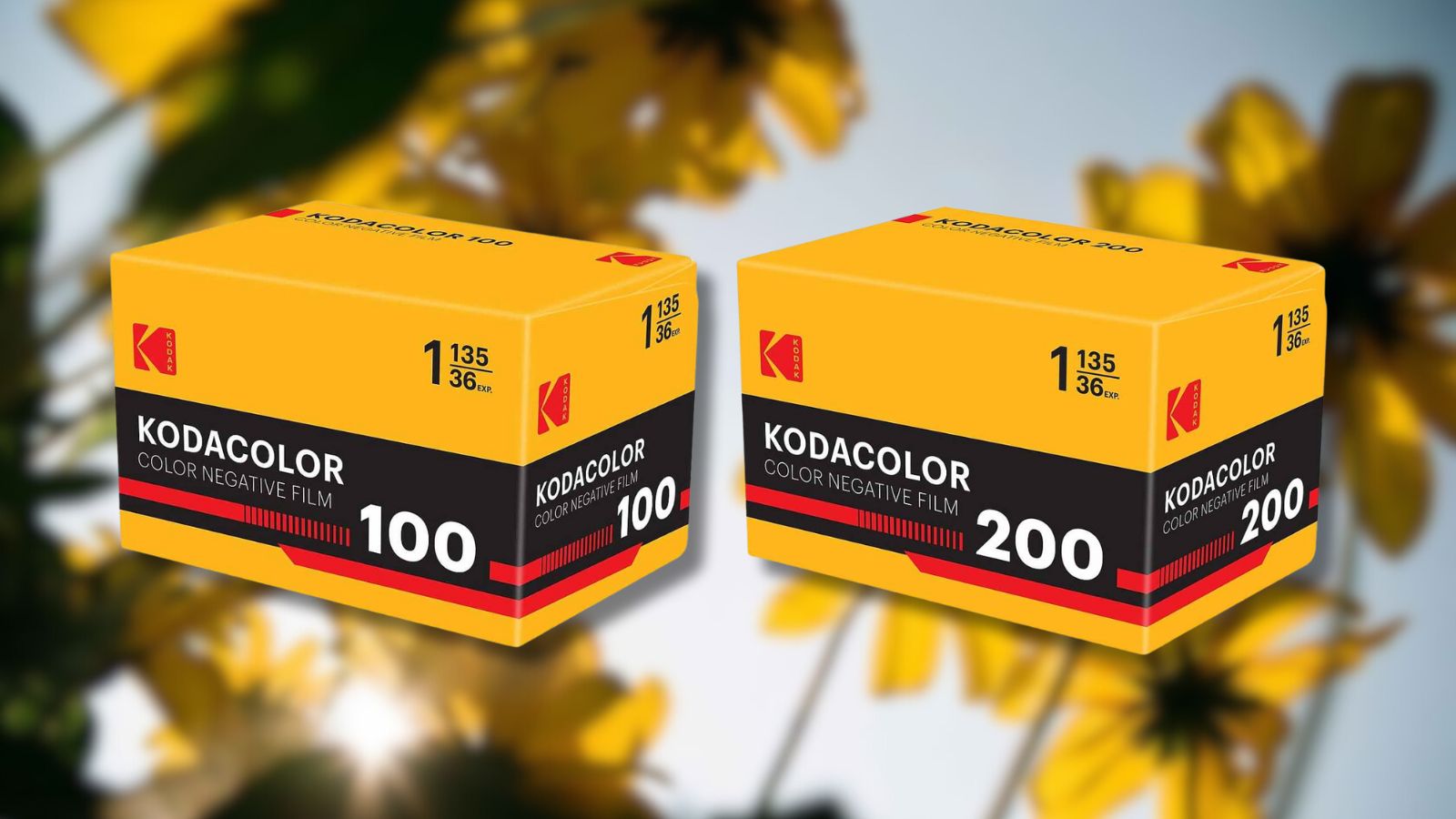
Eastman Kodak Releases KODACOLOR 100 & KODACOLOR 200 35mm Films: But What Are They?
Eastman Kodak has released two 35mm films: KODACOLOR 100 and KODACOLOR 200. But what do they look like, are they truly new emulsions, and what could this mean for the future of colour film now that Eastman Kodak has entered the still photography market alongside distributor Kodak Alaris?
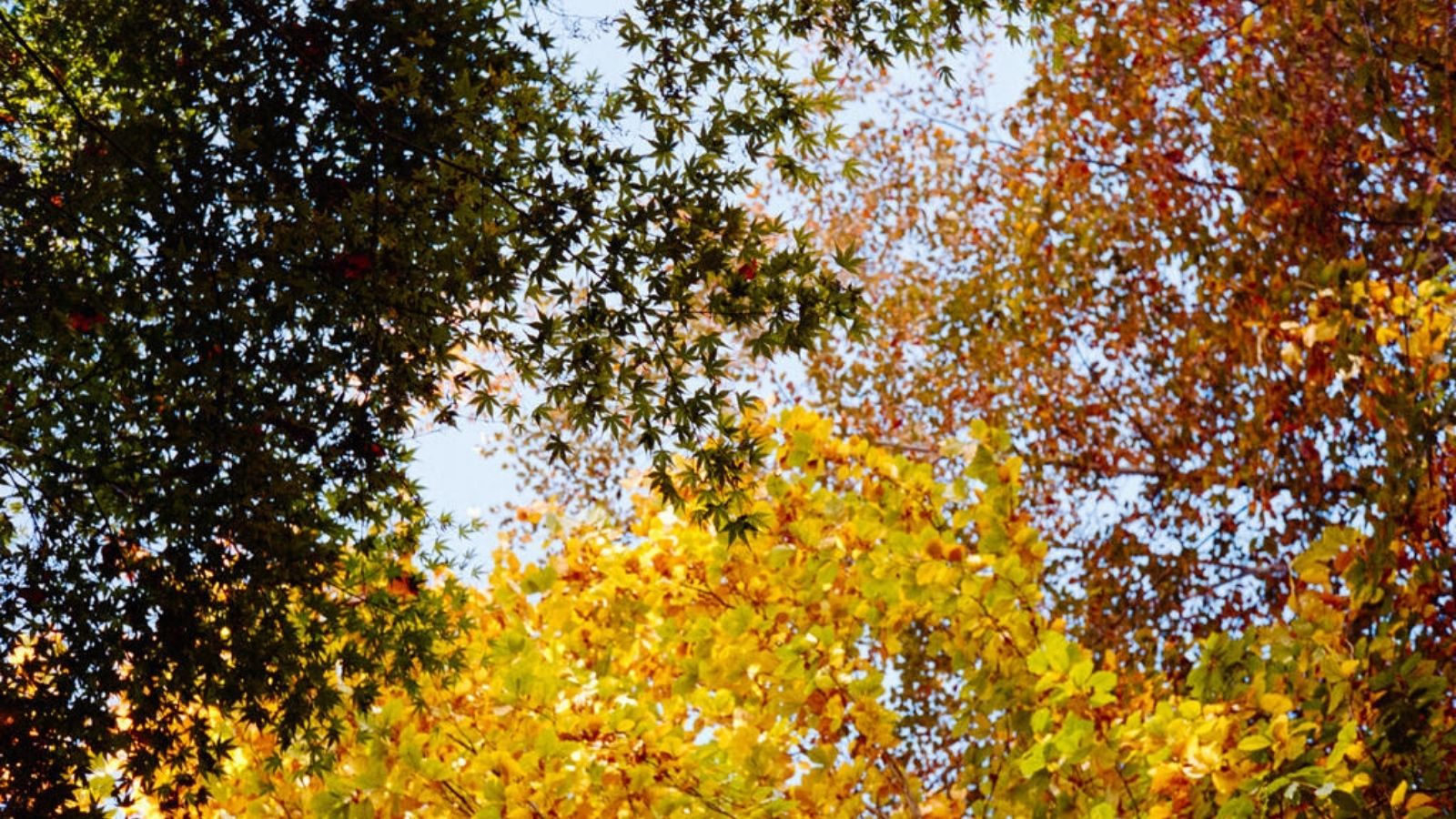
Best Films for Autumn Film Photography: Top Tips for Capturing The Season
Autumn is a magical season for film photography, bringing rich colours, atmospheric weather, and unique tones and textures that we can bring to life with a range of film stocks. Whether you're capturing the natural colours of fall or prefer moody monochrome, we've got film recommendations and shooting tips to help you photograph the season beautifully.
Subscribe to our newsletter 💌
Sign up for our newsletter to stay up to date on film photography news, sales and events:
Free Tracked Shipping
On all UK orders over £50
Passion For Film
An unbeatable range and an on-site lab
Our Customers Trust Us
Thousands of independent 5* reviews
All Deliveries are Carbon Neutral
Independently audited and verified by Planet
- Opens in a new window.

